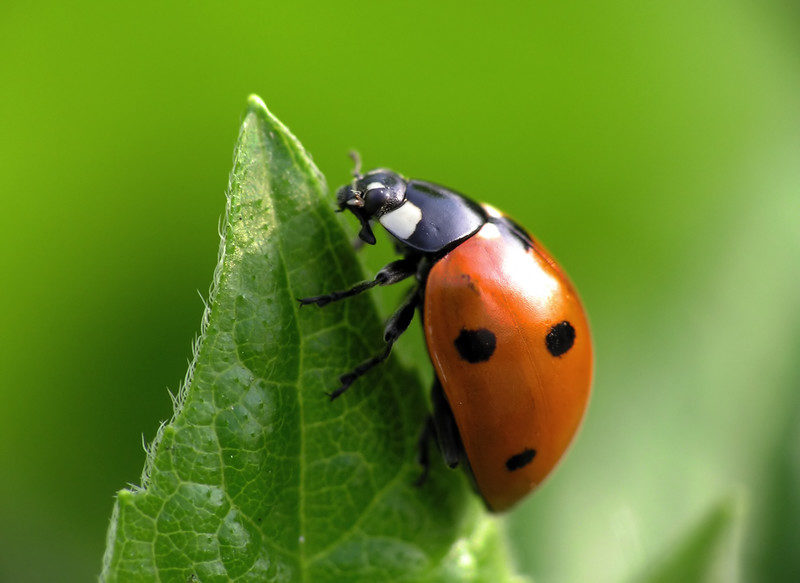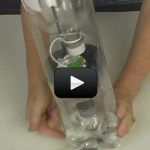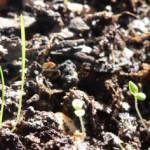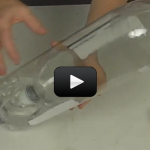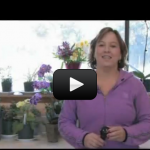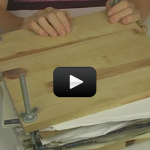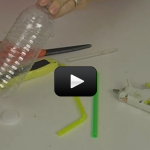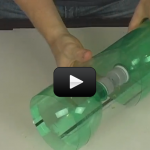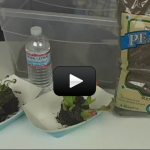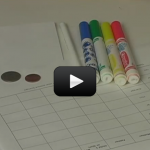Getting Started
Animals are all around us. As we walk through our neighborhood, we likely see animals being kept as pets, insects crawling on the ground, and birds flying through the trees. Depending on where you live, you may also see animals living in rivers, lakes, and swamps. How are these animals similar? How are they different? Why do they behave in the ways they do? How do their actions affect the environment in which they live? These are big questions that we’ll be answering.
You will get to observe and identify the behaviors of various plants and animals in various components of an ecosystem: the aquarium, the decomposition unit, the plant/animal chamber, and the precipitation funnel. You can also identify the role of different plants and animals in their eco column: producers, consumers, and decomposers. Specifically, look for how animals eat plants or other animals for food, if they use plants or even other animals for shelter and nesting; producers and consumers (herbivores, carnivores, omnivores, and decomposers) and how they are related in food chains and food webs. Also see if you can determine how they compete with each other for resources in an ecosystem, and how matter is transferred from one organism to others in the food web over time. You’ll want to get a feel for the relationships between the organisms and the physical environment in the big picture.
Here are the scientific concepts:
- Use appropriate tools to perform tests, collect data, and display data.
- Different plants and animals inhabit different kinds of environments and have external features that help them thrive in different kinds of places.
- Plants and animals both need water; animals need food, and plants need light.
- Animals eat plants or other animals for food and may also use plants or even other animals for shelter and nesting.
- Roots are associated with the intake of water and soil nutrients, green leaves with making food from sunlight.
- All organisms have external parts. Different animals use their body parts in different ways to see, hear, grasp objects, protect themselves, move from place to place, and seek, find, and take in food, water and air. Plants also have different parts (roots, stems, leaves, flowers, fruits) that help them survive and grow.
- Adult plants and animals can have young. In many kinds of animals, parents and the offspring themselves engage in behaviors that help the offspring to survive.
- Animals have body parts that capture and convey different kinds of information needed for growth and survival. Animals respond to these inputs with behaviors that help them survive. Plants also respond to some external inputs.
- Young animals are very much, but not exactly, like their parents. Plants also are very much, but not exactly, like their parents.
- Individuals of the same kind of plant or animal are recognizable as similar but can also vary in many ways.
By the end of the labs in this unit, students will be able to:
- Design and build several different types of scientific observational experiments including a water cycle column, insect aspirator, waterscope, and more to observe animals and plants in their natural habitat.
- Differentiate observation from inference (interpretation) and know scientists’ explanations come partly from what they observe and partly from how they interpret their observations.
- Measure and estimate the weight, length and volume of objects.
- Follow a set of written instructions for a scientific investigation.

